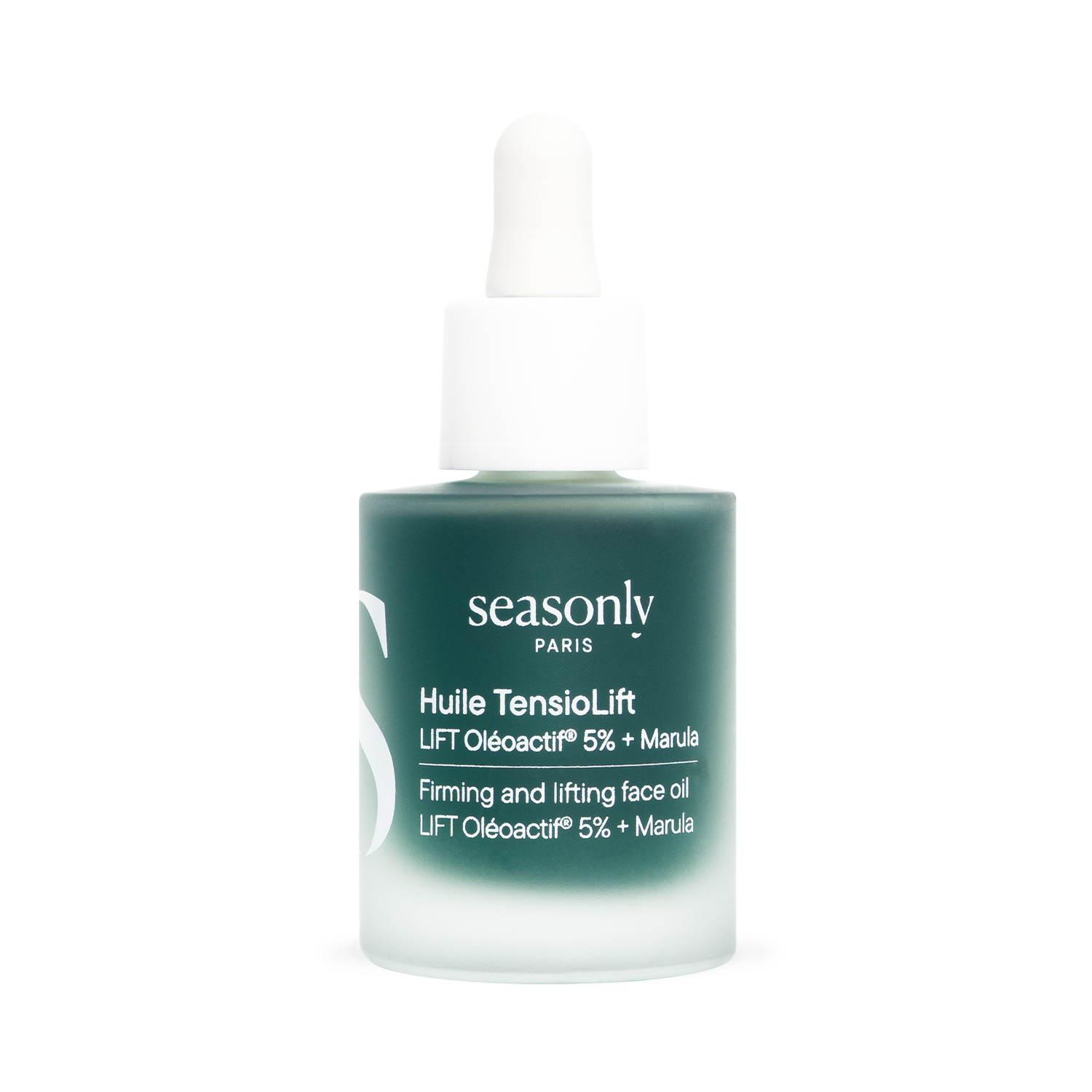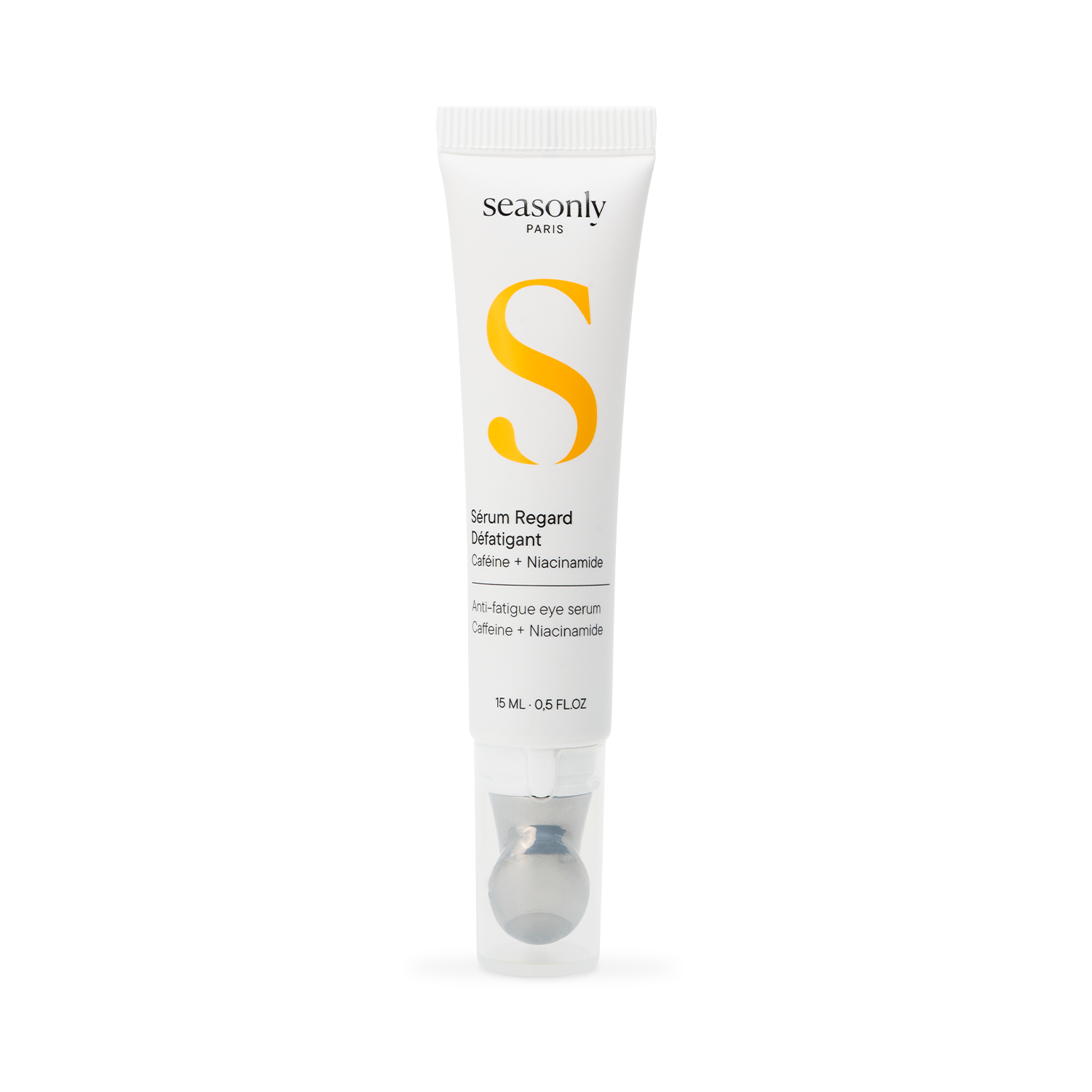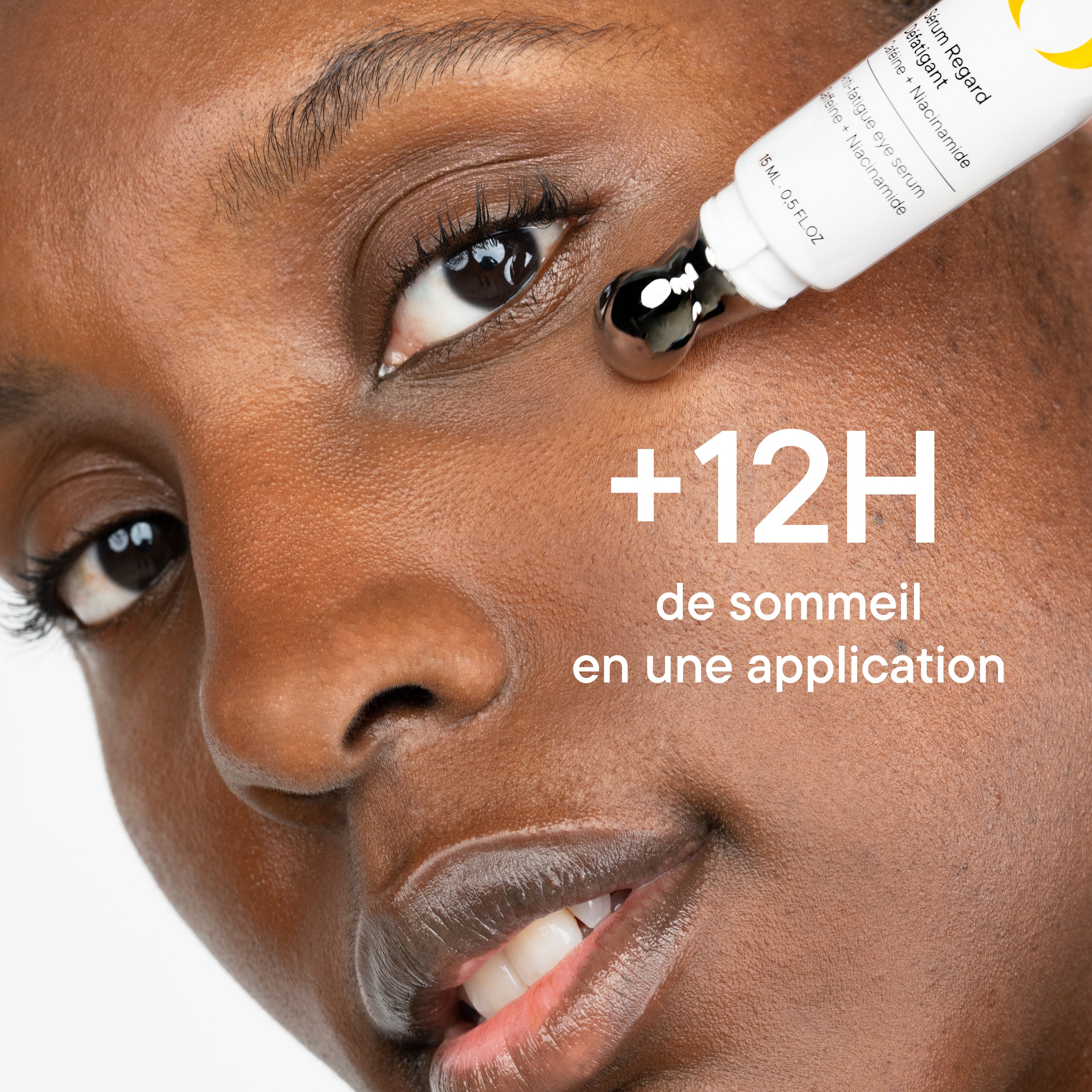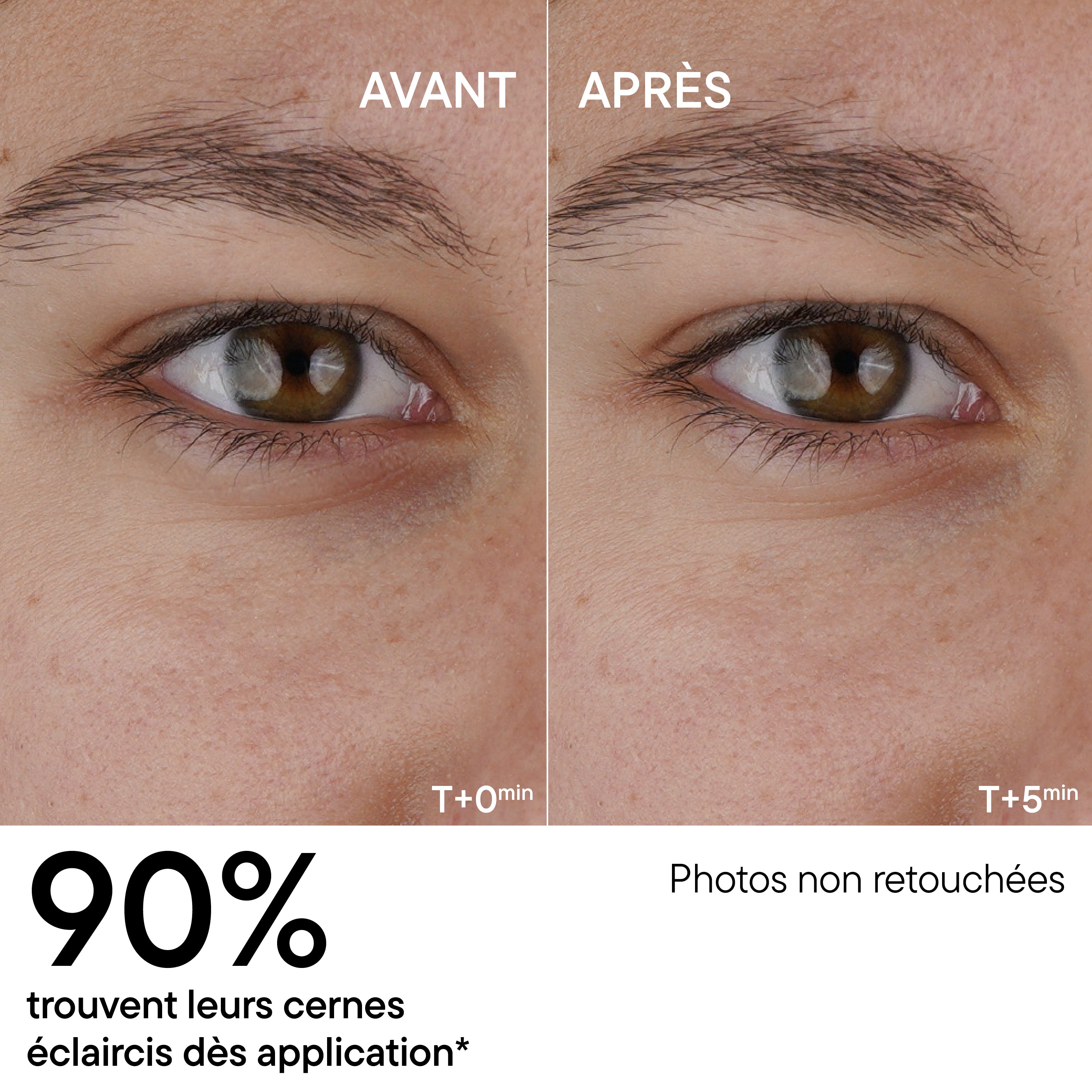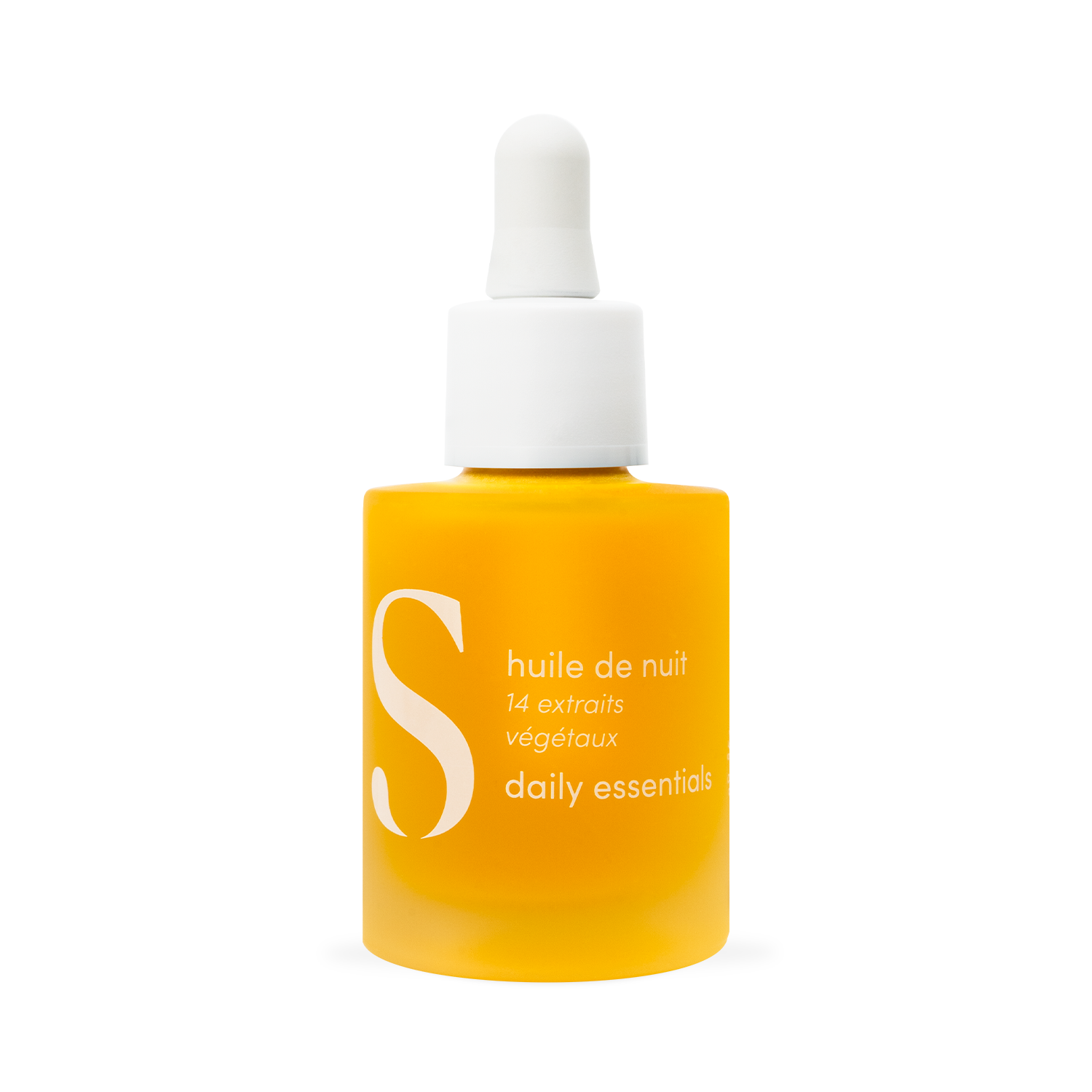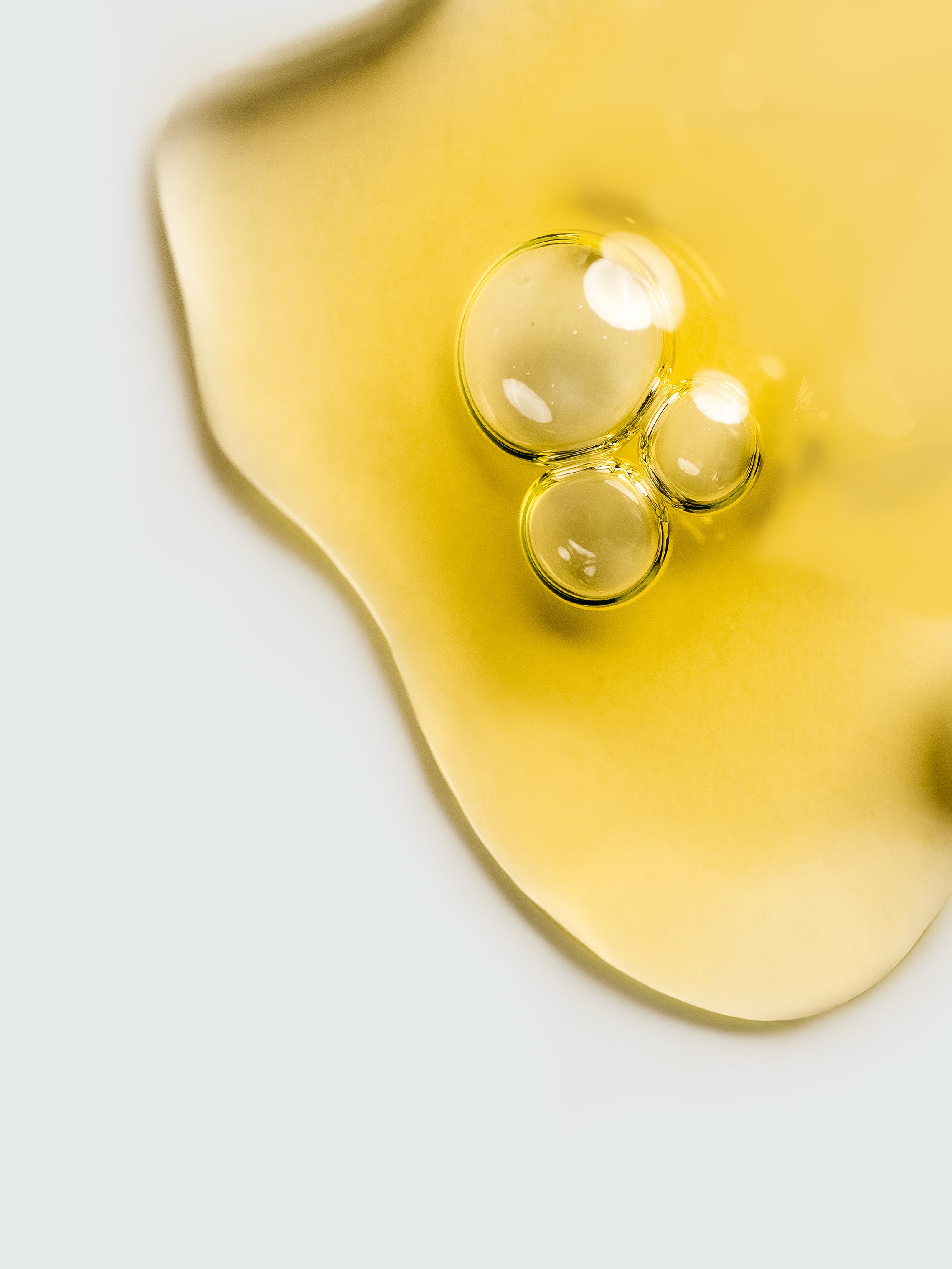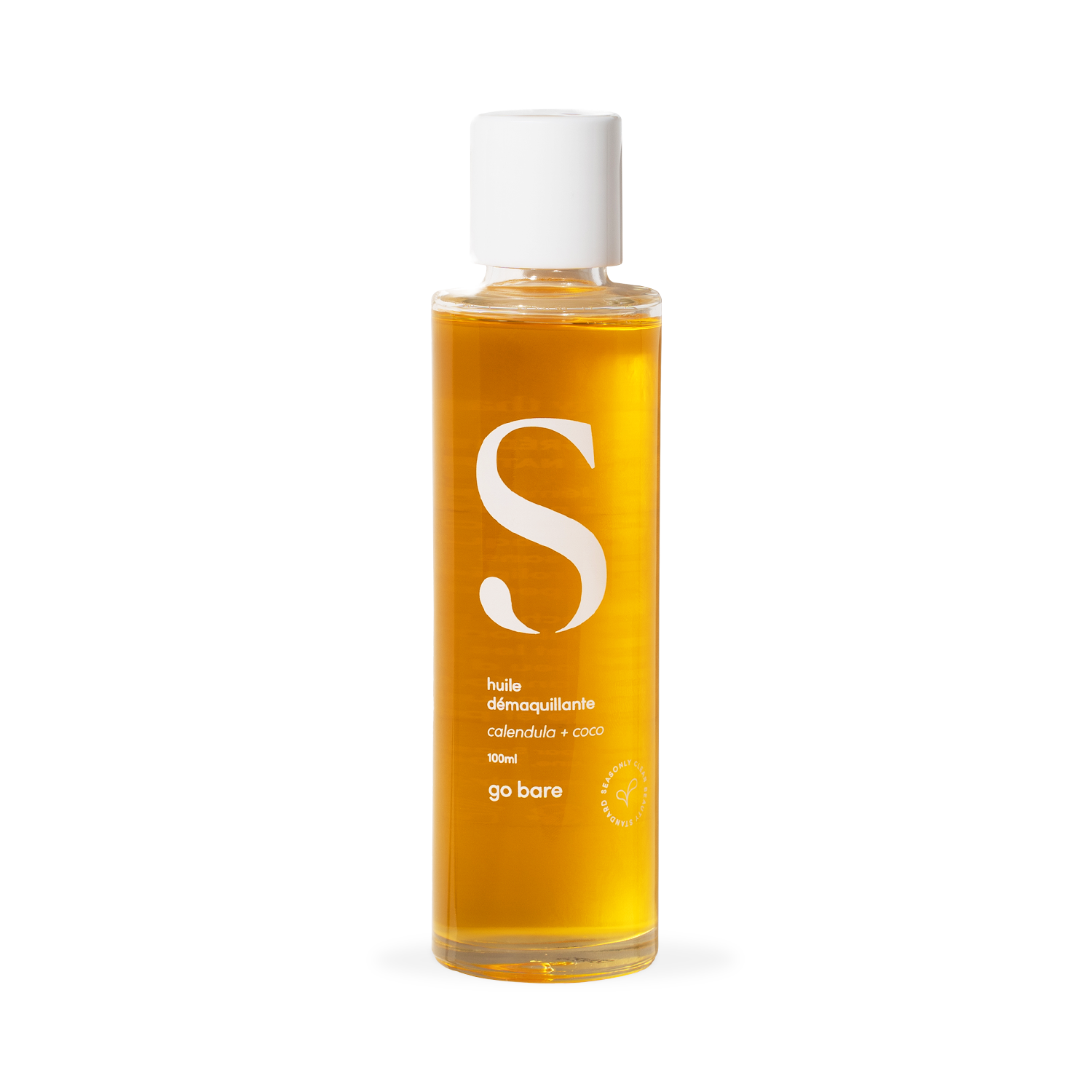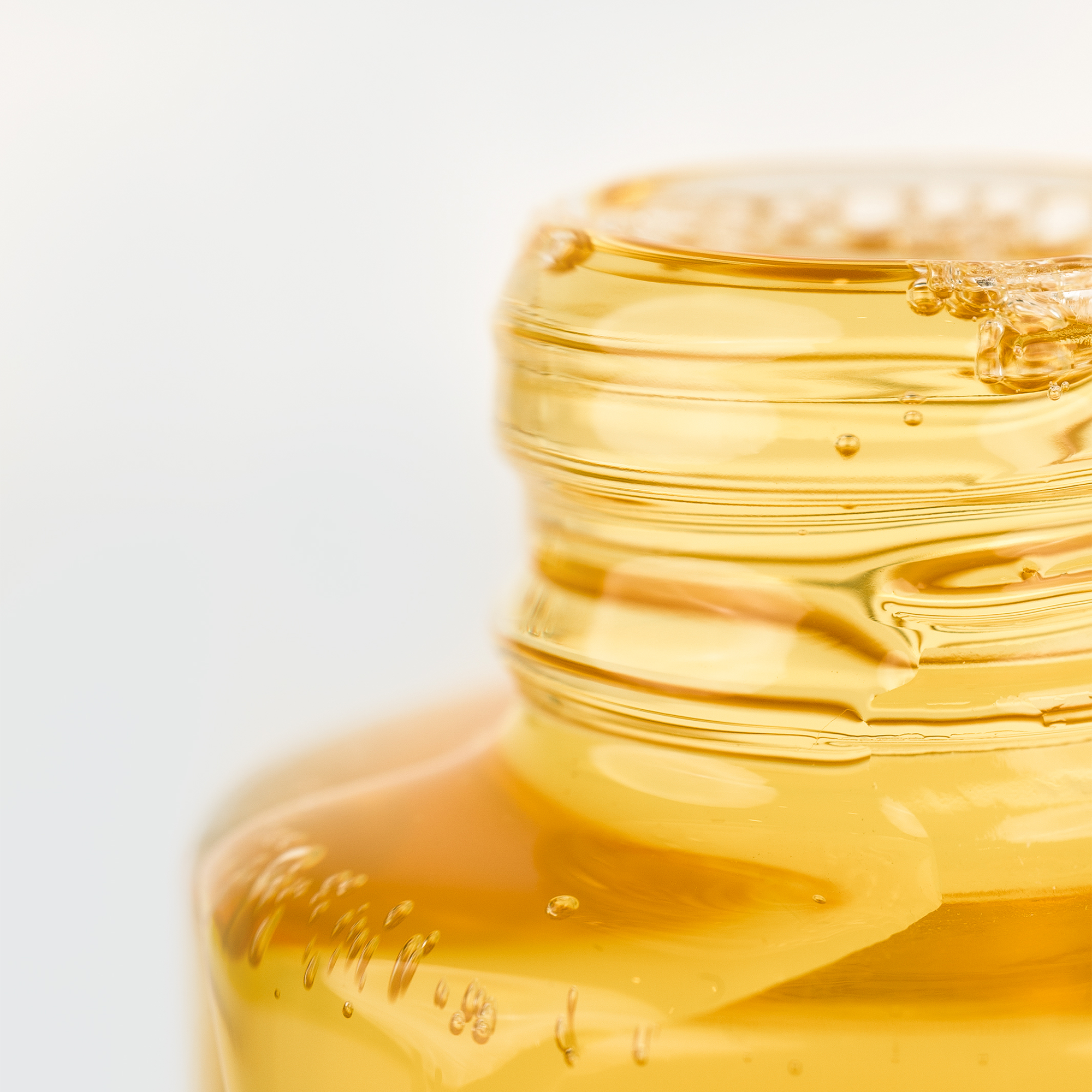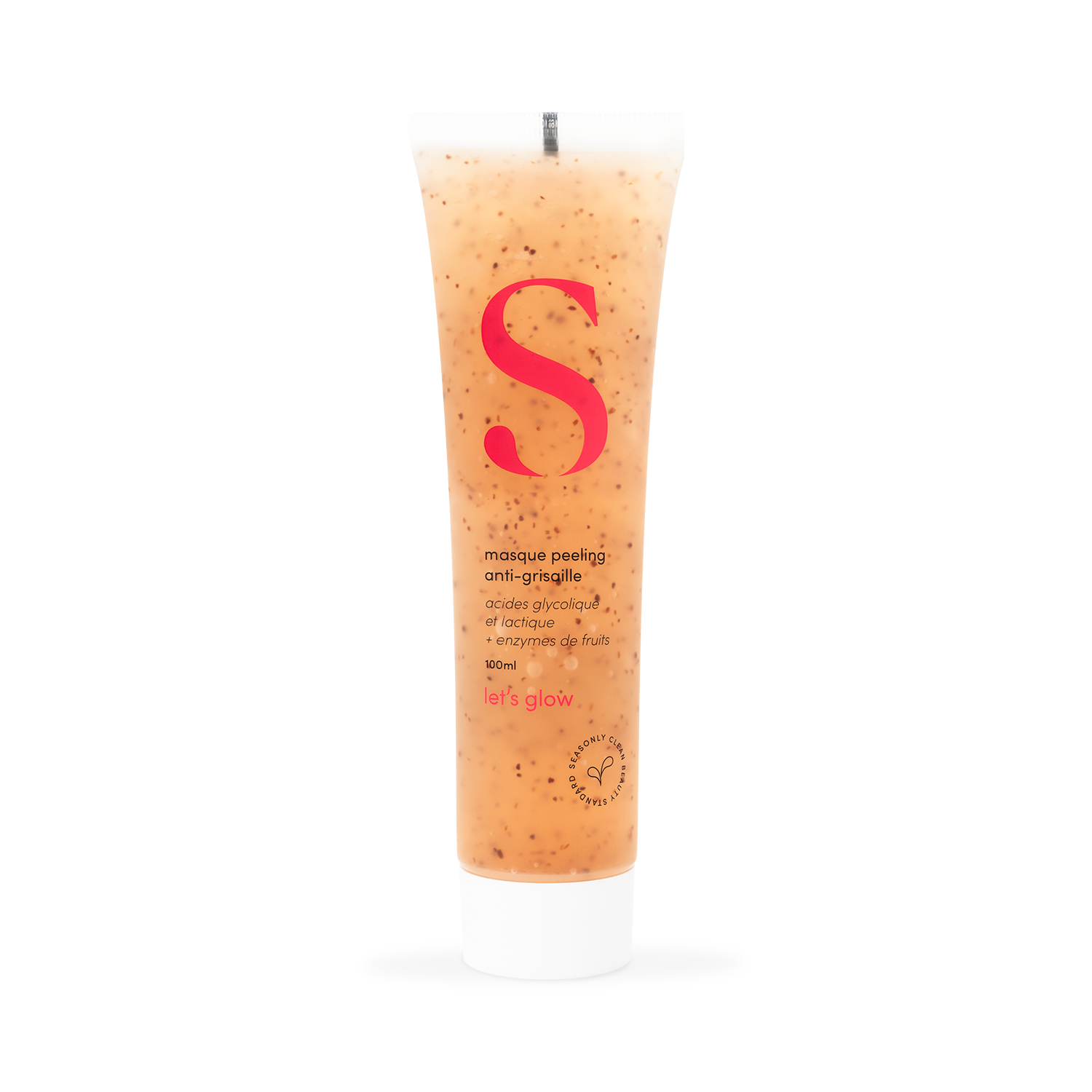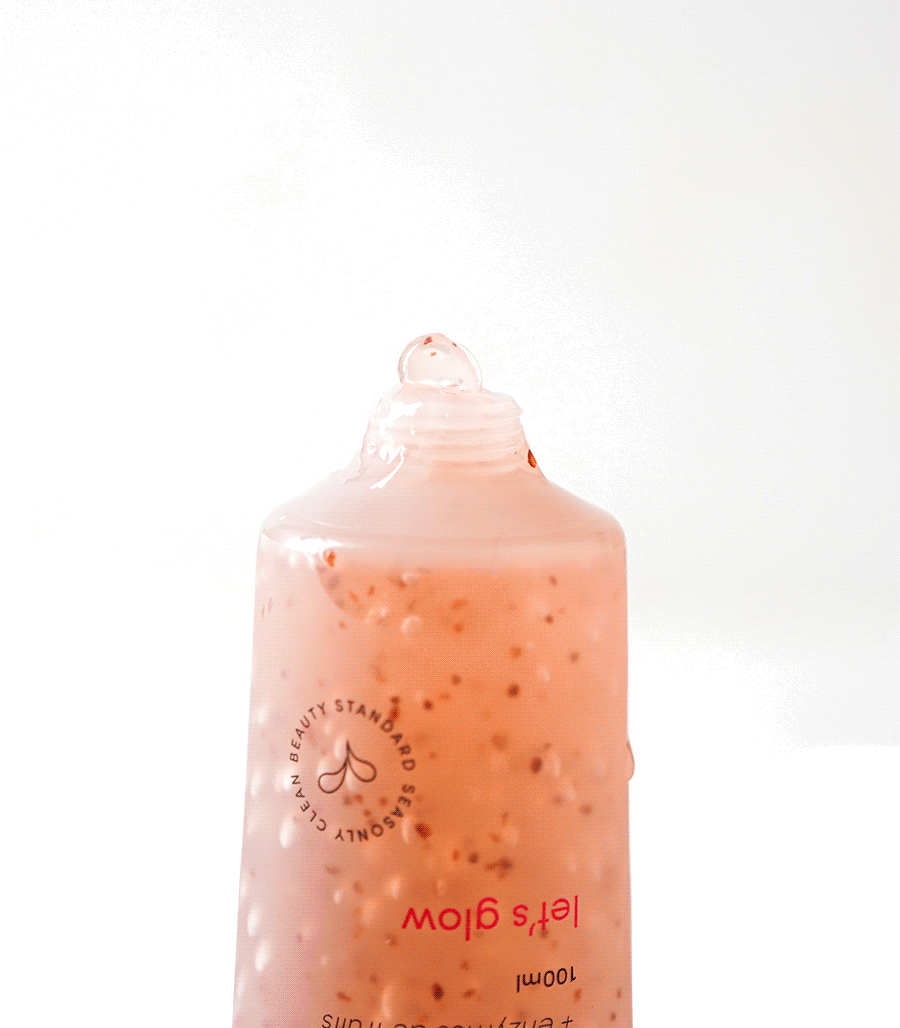Did you know that sugar plays a role in skin aging?
In recent years, many people have been looking at the impact of sugar on the skin.
This process is known as "glycation," discovered in 1912 by French chemist Louis Camille Maillard. This phenomenon explains that excess sugar, especially refined sugar, increases insulin levels and inflammation, thus increasing its impact on the skin. Moderate sugar consumption is not only beneficial for overall health, but it also helps slow down the signs of skin aging.
Sugar and sagging skin
It wasn’t until the 1980s that the role of glycation in skin aging was highlighted. But how does this happen? Basically, sugar molecules in the blood bind to proteins, including collagen and elastin, forming glycated proteins. This process stiffens these proteins and prevents them from maintaining the skin’s firmness.
This leads to the formation of advanced glycation end products, also known as AGEs. These AGEs can then trigger the formation of free radicals and micro-inflammation, accentuating signs of aging such as wrinkles and sagging skin.
You won't see the effects right away - so don't worry after eating dessert ;-) - glycation may not show any visible impact right from the beginning: the effects are not immediately apparent. However, over time, this phenomenon gradually intensifies and the effects become more and more visible on the skin.
The effects of glycation
Simply put, sugar weakens the essential pillars of youthful skin.
Collagen and elastin fibers play crucial roles: collagen fibers act like taut ropes, responsible for the skin's resilience and structure, while elastin fibers give it elasticity. The glycation process attacks both types of fibers, decreasing the skin's elasticity and making it stiffer.
Loss of firmness isn’t the only sign of skin aging caused by glycation. In addition to being a leading cause of increased wrinkles , glycation dulls the complexion, giving it a more yellowish appearance due to the yellow-brown color of advanced glycation end products.
Collagen glycation begins to be observed as early as age 20-30 and accumulates at a rate of approximately 3.7% per year. This rate of accumulation can reach an increase of 30-50% by age 80.
How can this phenomenon be prevented?
- Food:
So, it is not necessary to adopt a drastic diet and completely change your eating habits. However, it is certain that the more our diet is rich in fast sugars, the more our blood sugar level increases, which accentuates the phenomenon of glycation. If you reduce your consumption of glucose, fructose (fruit sugar), lactose (milk sugar) or sucrose (industrial sugar) it will be beneficial for the health of your skin.
- The care routine:
It is also possible to act beyond diet. Indeed, certain steps in your skincare routine can prevent damage. For example, integrating products containing anti-aging and antioxidant active ingredients, such as hyaluronic acid, Argireline, copper peptides or vitamin C, helps slow down the glycation phenomenon and partially prevent glucose from attaching to collagen and elastin fibers.
You can also opt for our TensioLift Oil , which targets the eight signs of skin aging thanks to Spilanthes, a plant that reduces muscle contractions that cause wrinkles and expression lines.
- The massage:
The most effective way to eliminate toxins and stimulate collagen production, in order to reduce skin aging, is to practice massages. These can be done using your hands or tools like the Gua Sha . The massage acts on the facial muscles, which increases the production of collagen and improves the firmness of the skin. In addition, it promotes lymphatic and blood circulation, thus providing a healthy glow. If you don't know where to start, discover our digital facial massage program. And if you prefer to see a facialist so that she can give you the gestures made for you, go to our Skin Studios or Sephora !






